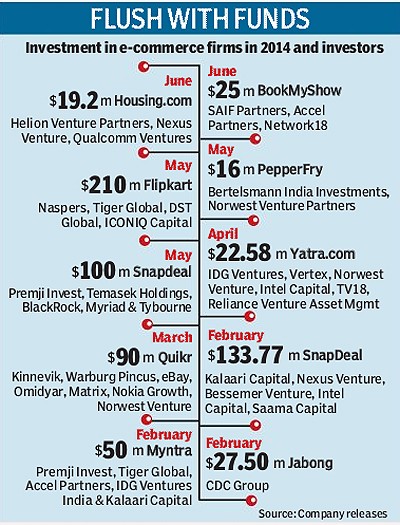Bullish Bets More Money That’s PE
Post on: 14 Май, 2015 No Comment

Bullish Bets, More Money: That’s PE
Chidem Kurdas
Someone once described private equity as a call option on the public equity market. Whereas some hedge fund strategies try to perform independently of the market at large, private equity soars (and falls) with the market.
Core holdings tend to perform well on the upside of the business cycle. When the economy as well as the stock market is on the rise, PE does best.
Reflecting that, today’s PE portfolios are replete with bullish bets. There’s Carlyle Group’s stake in auto-paint company Axalta, a business dependent on demand for cars. Reportedly Carlyle wants to raise around $1 billion for Axalta in a public offering, the date of which has not yet been announced and will likely be based on market conditions.
There are Apollo Global Management’s energy investments – $2.59 billion in EP Energy Corp. $1.8 billion in Athlon Energy – that a revival of the global economy would boost. An then there’s Oaktree Capital’s $565 million position in Star Bulk Carriers, which suggests a very positive economic forecast, given that shipping was decimated by the Great Recession and has not fully recovered.
These investments will certainly be profitable if economic growth and rising stock prices persist. Growth and market buoyancy, in turn, feed on record-low interest rates.
PE managers do have a great advantage, as they will tell anyone who asks, namely the long-term nature of their capital. They can wait for the right conditions, though for how long depends on when the fund was raised. At the outset the clients have agreed to a lock-up, often of seven years— if they need money, as happened in the 2009 crisis, they have to sell their PE investments to third parties, typically at discounts.
The close connection to markets does not mean PE returns are the same as market returns, just that they move in the same direction. A while back there were news stories about lackluster performance of PE investments, but a study by McKinsey consultants shows that the long-term annual return from PE is three percentage points higher than the return from the S&P 500 index. A couple of academic studies had similar results.
That extra 3% is what pensions, desperate to meet long-term liabilities, want. Pensions and other institutions are likely to increase their allocations to PE, according to McKinsey.
A recent report from Moody’s concluded that the five largest PE firms – Blackstone and KKR, in addition to Oaktree, Carlyle and Apollo – have moved into the mainstream and are competing with traditional asset managers. But they face special challenges, says Moody’s. Among the challenges: “pressure to use up record amounts of committed capital from their investors” and high share prices that increase the risk of acquisitions.
Where will larger inflows to PE go—how will managers deploy so much additional capital? Probably in mega buy-out deals, especially if borrowing costs are low. Interest rates – and Federal Reserve policy – affect acquisition costs as well as product and asset markets. A lot is riding on Fed decisions.
PE biggies are diversified to real estate and hedge funds. The latter include strategies that target absolute returns, that is, try to avoid loss regardless of market conditions, like the quant shop OKLO that Carlyle acquired last year .
Diversification may help protect large PE firms in downturns. But PE investments of course remain vulnerable.














